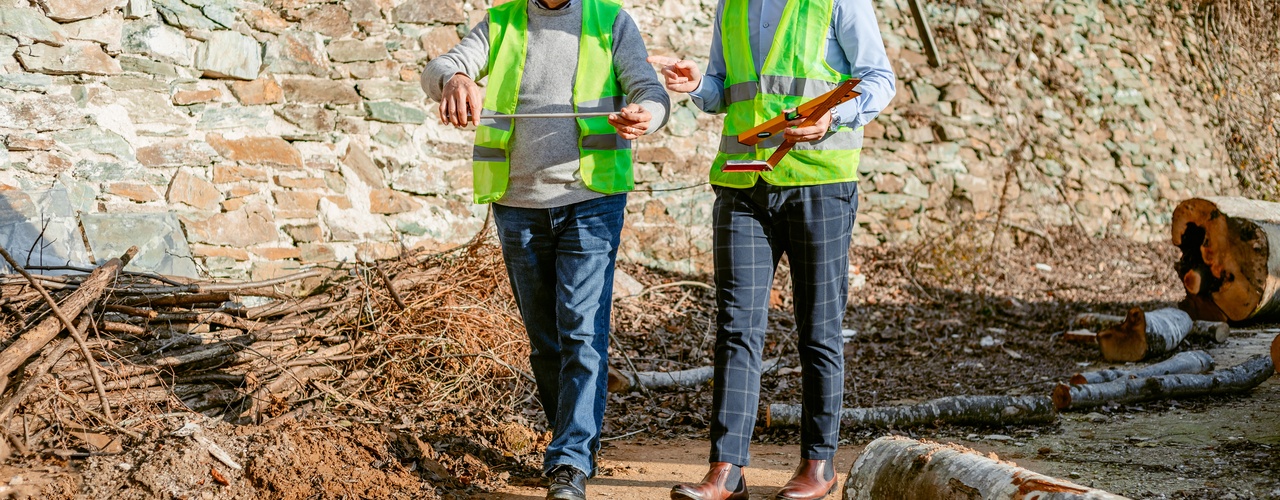Completing land clearing in areas with challenging terrains requires precise planning and expert execution to ensure safety and efficiency. Understanding the challenges associated with landscape conditions is essential, whether dealing with steep slopes, wetland areas, or rocky ground. This guide explores safely navigating difficult terrains for land clearing while maintaining compliance with regulations and minimizing environmental impact.
Understanding Terrain Types
Different terrains come with distinct challenges that influence the approach to land clearing. Steep slopes can pose a risk of erosion and machinery instability, requiring advanced stabilization techniques.
Wetlands are delicate ecosystems. Improper methods can cause irreversible harm to their water quality and habitats. Meanwhile, rocky areas demand durable equipment capable of cutting through hard surfaces while maintaining productivity. Recognizing the different conditions of common terrains ensures you can adapt your land clearing methods appropriately.
Safety Measures and Regulations
Safety protocols are a top priority during any land clearing operation to protect workers and the surrounding environment. Operators must wear protective gear and undergo regular safety training specific to the terrain’s complexity.
Compliance with local and federal regulations, such as those set by the Occupational Safety and Health Administration (OSHA), ensures proper risk mitigation and prevents legal issues. Conduct safety assessments, including terrain evaluations, before beginning any clearing project to address potential hazards.
Equipment Selection
Choosing the right machinery directly impacts your land clearing project’s safety and success, especially on difficult terrains. For example, steep slopes often benefit from the use of remote-controlled tool carriers that provide superior stability while eliminating the risks of manual operation.
Heavy-duty machines designed for tough conditions are ideal for rocky landscapes. Innovations in land clearing machines have also introduced advanced options, such as equipment with improved maneuverability and precision, enabling efficient workflows even on unpredictable grounds. Selecting specialized machinery suited to the environment ensures optimal performance while minimizing operational risks.
Environmental Considerations
Responsible land clearing requires an approach that minimizes the environmental footprint of projects. Clear delineation of preservation zones and appropriate disposal of debris ensure the protection of ecosystems.
Avoid harmful practices, such as excessive grading, to maintain soil stability and water quality. Adopting sustainable methods and employing strategies to replant or restore vegetation post-clearance contributes to reducing the long-term impact on the environment. Proper environmental stewardship enhances the project’s outcome and the community’s trust.
The Importance of Expertise in Land Clearing
Safely navigating difficult terrains for land clearing requires the right machinery and professional expertise. Understanding diverse landscapes, ensuring adherence to safety measures, and employing the right tools are all critical to achieving desired results. You can conduct land clearing on complex landscapes safely, effectively, and with minimal ecological harm by taking a strategic and informed approach.





